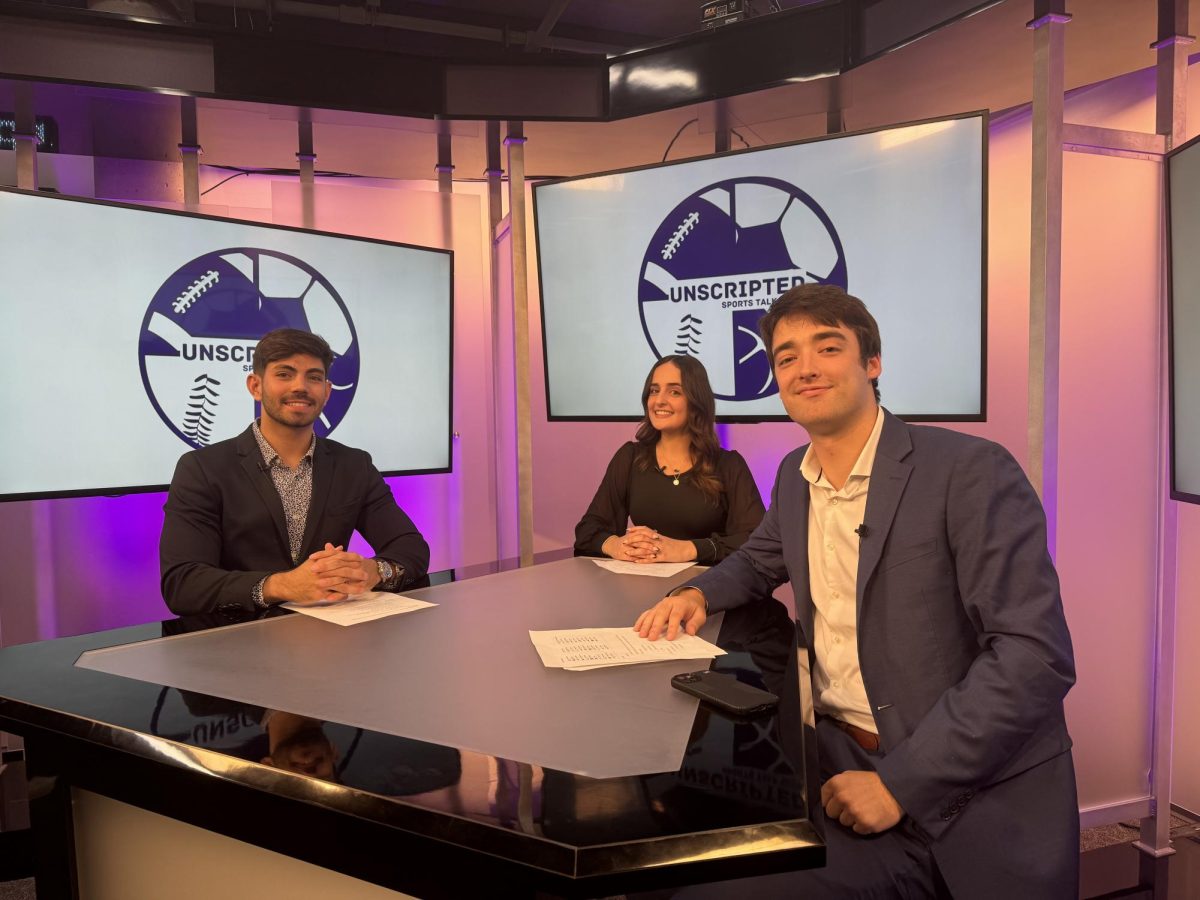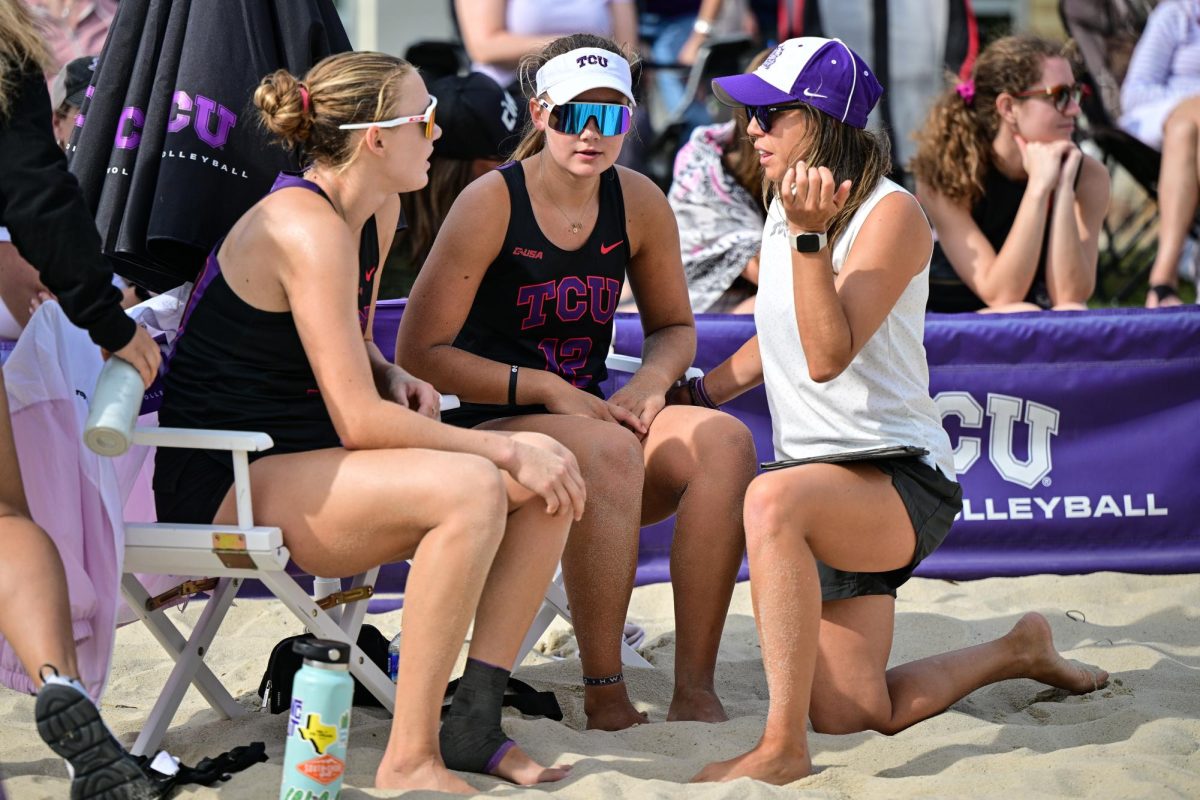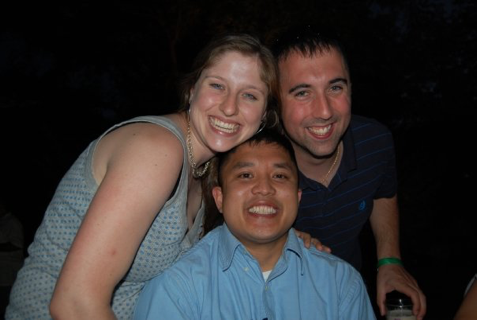Build them all statues.
Boschini, Del Conte, Patterson. All of them. Start soon, too.
Without those three, there’s no telling where TCU would be. Scratch that, I know exactly where it would be.
Not where they are now.
TCU made the easy decision to join the Big 12 Monday night and the school’s most recent conference change will be it’s biggest move yet.
Bigger than its mid-major carousel of the late-1990s and early 2000s – the Western Athletic Conference (1996-2000), Conference-USA (2001-2004), then the Mountain West (2005-2011).
Bigger than its jump to the Big East, and the BCS, a year ago.
TCU will open play in the Big 12 Conference next season and with it, put away a 15-year period of un-identity and inferiority. When the old Southwest Conference split in 1996 the Frogs were excluded from the Big 12 and left to fend for themselves.
But why didn’t the Big 12 invite TCU to the party in 1996?
Well, would you?
TCU was small, private school with a scandal-ridden, losing football program at the time. They were in the heart of Big 12 country but that also meant in the heart of two Big 12 fan bases – Oklahoma and Texas.
Economically speaking, the Frogs brought nothing. No extra TV revenue, no large ticket sales.
Not saying Baylor – essentially the team picked over TCU for the newly formed Big 12 – brought much to the table at the time, but it was hard to bring less than what TCU did.
So, off they went.
To the WAC first, then to C-USA, then to the Mountain West. Each move brought new opponents, but one characteristic still summed up them, and really TCU as a whole: Inferior.
Inferior to Texas, inferior to Texas A&M, inferior to Baylor. Not because of any on-the-field product but because of conference politics and TCU’s inability to crack the Big 12 when the SWC split.
But then came Patterson, whose brash nature and defensive-oriented coaching style gave TCU an identity.
And a few wins, too.
The Frogs won 11 games in 2003 and beat Oklahoma in Norman in 2005. That was six years ago and the Sooners haven’t lost at home since.
Off-the-field, Boschini, TCU’s chancellor since 2003, paved the way academically for the school. Plans for new dorms were initiated and renovations throughout campus were planned.
By 2008, TCU’s campus layout was not only completely different but also completely new.
Together, Patterson and Boschini created something most non-BCS schools couldn’t even dream of: A brand.
And a winning one at that.
Del Conte, whose fundraising efforts the past two years led to a complete overhaul of Amon Carter Stadium, was named Director of Intercollegiate Athletics in the Fall of 2009. Less than a year later, TCU’s seersucker suit-wearing AD, along with Boschini and Patterson , had landed the school in the Big East Conference.
Suddenly, TCU was big time. Big enough, at least, to be at the top of the Big 12’s list of replacement options with Texas A&M bolting for the SEC and Missouri thinking of doing the same.
All things equal, does TCU’s invite happen in ’96?
Not a chance.
Then again, with Boschini, Patterson and Del Conte on your side, not much is equal. Being equal implies being average.
And those three are anything but average.






